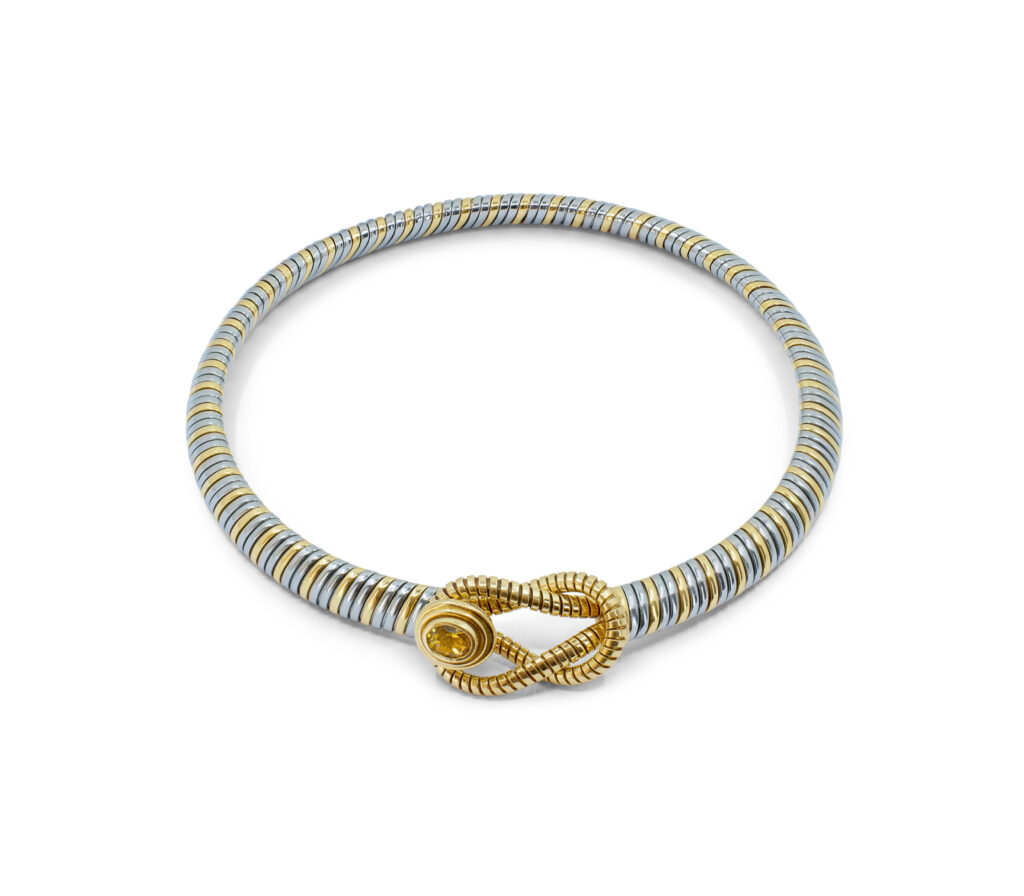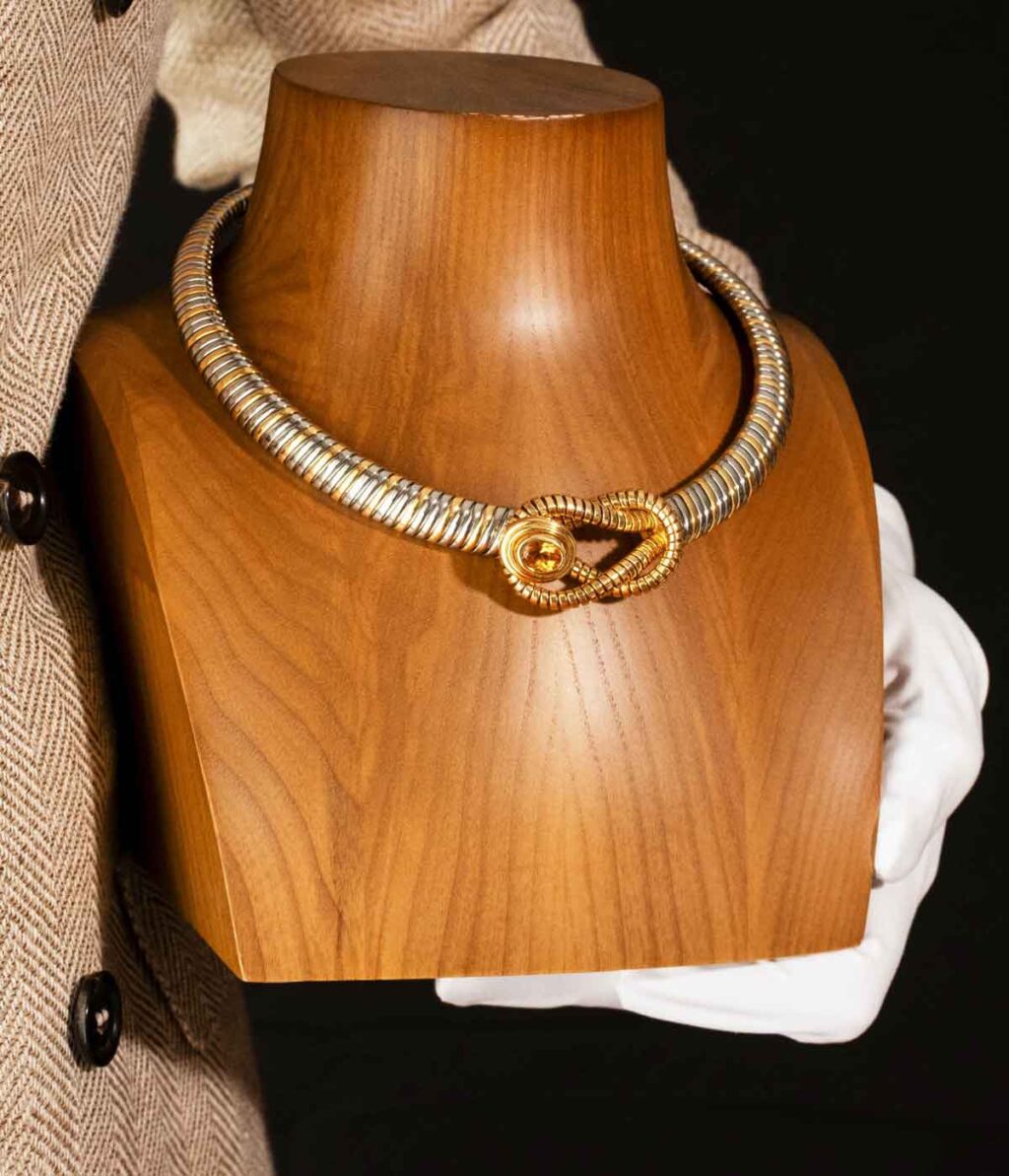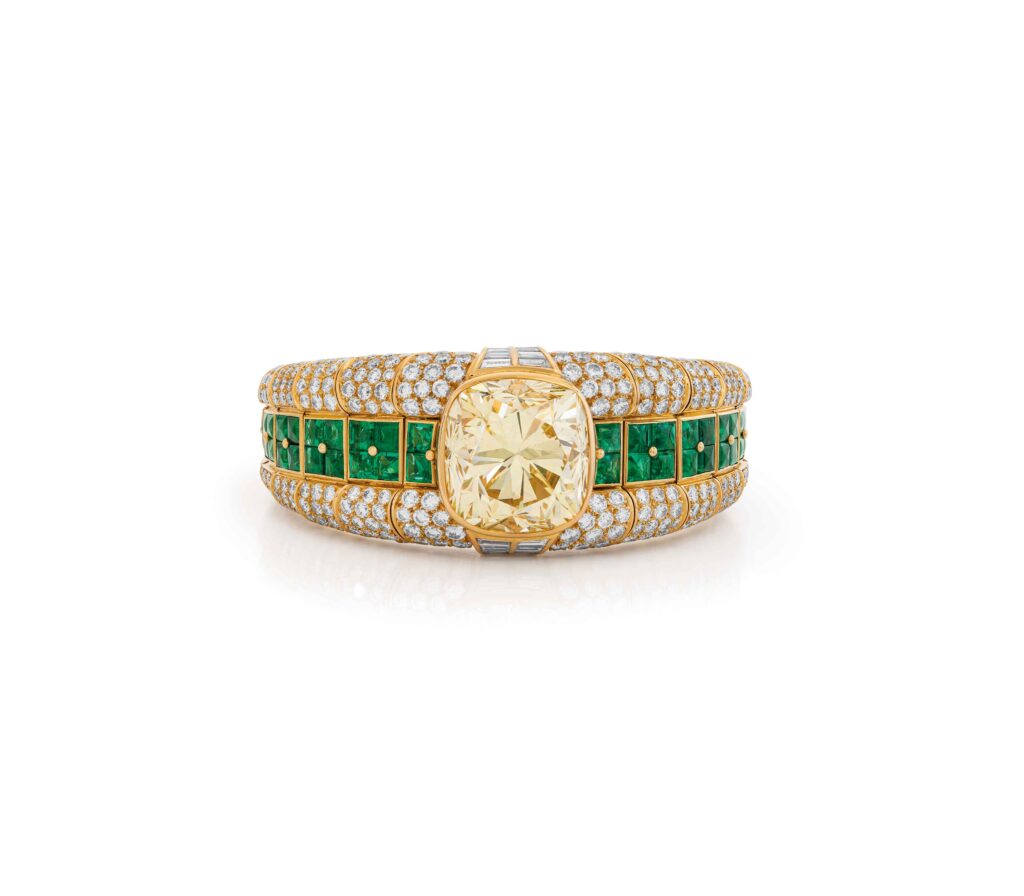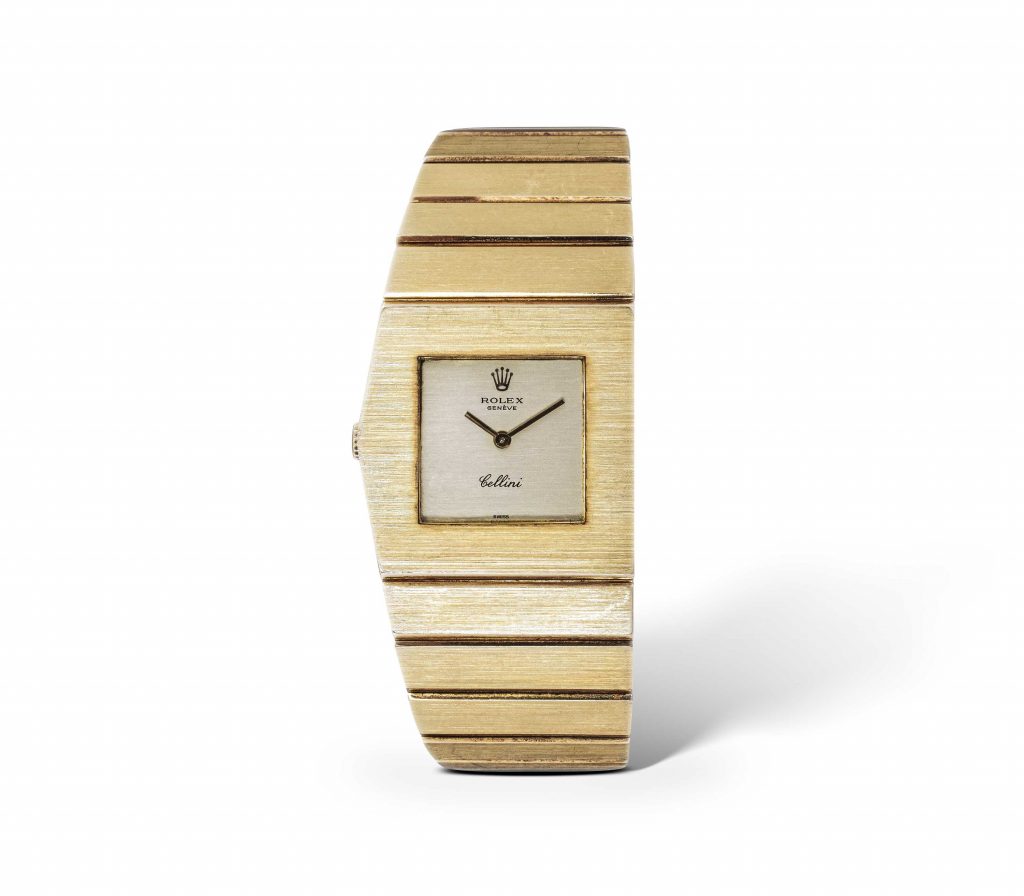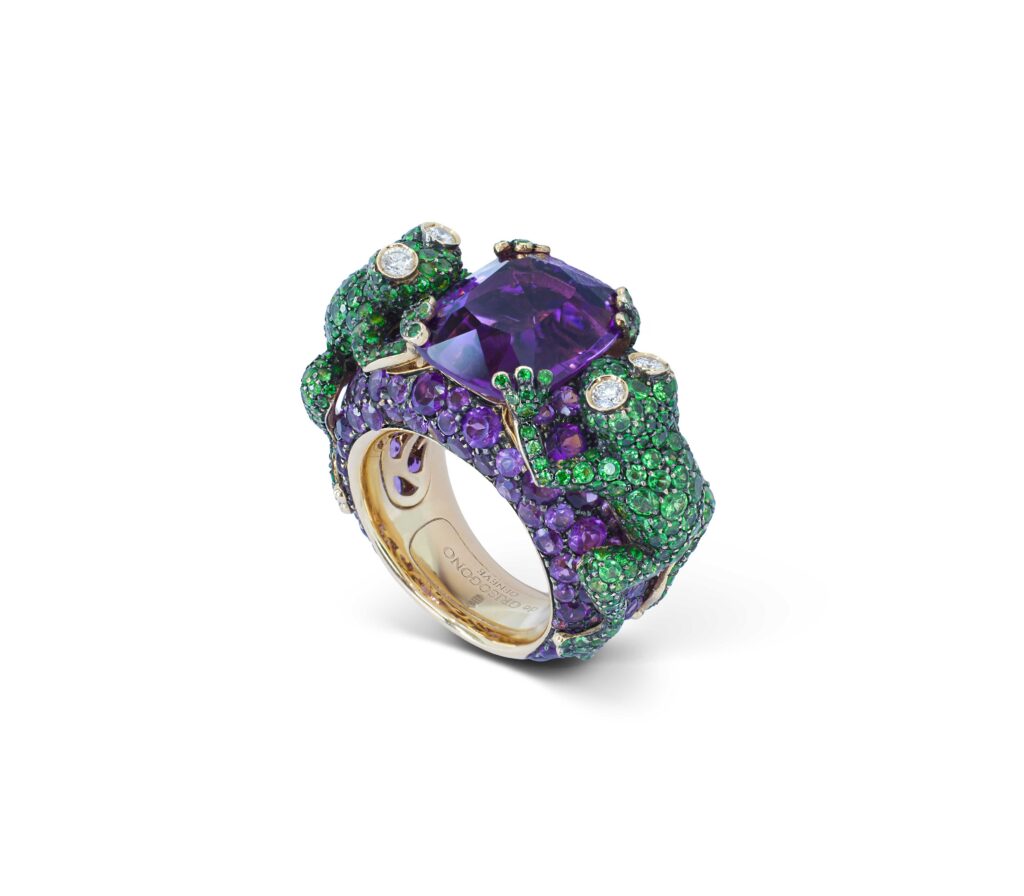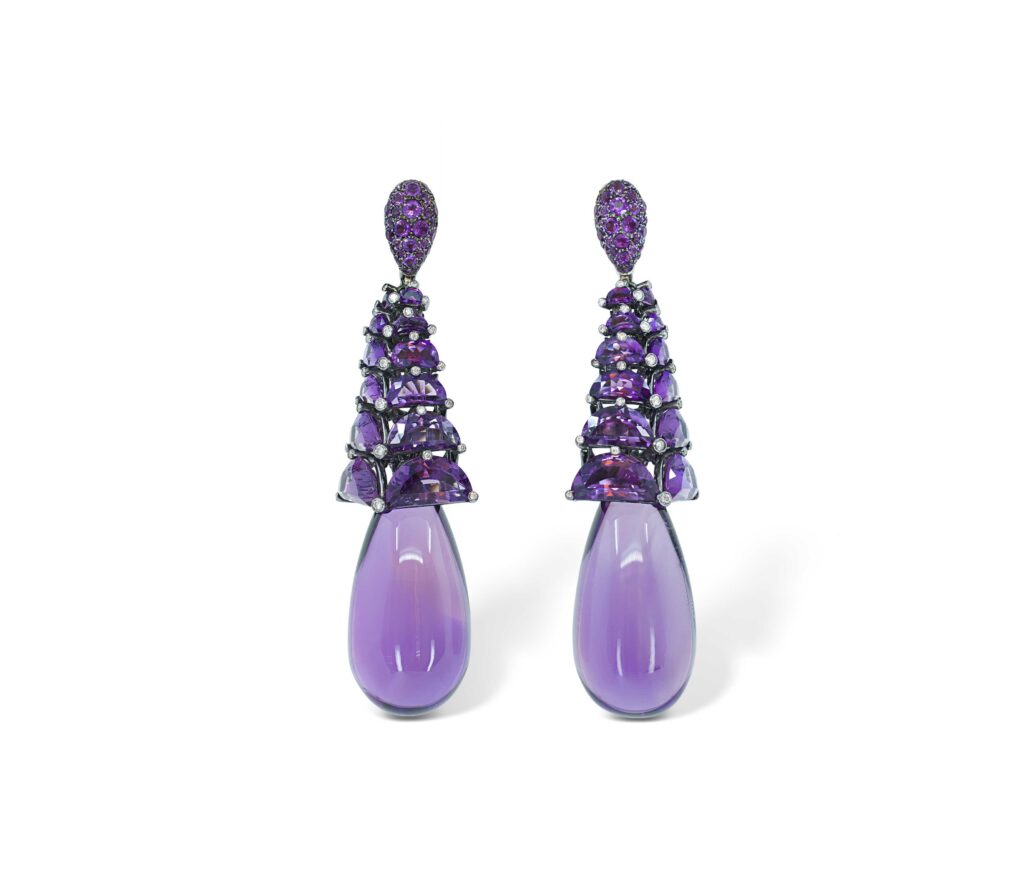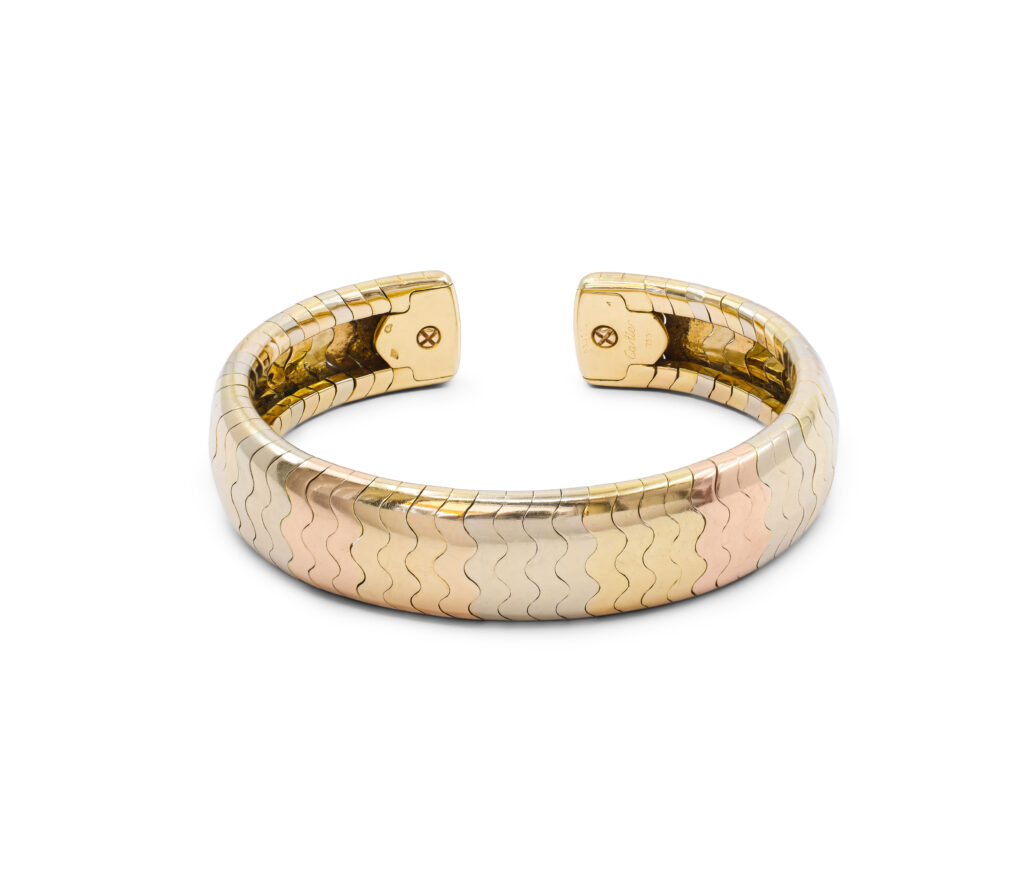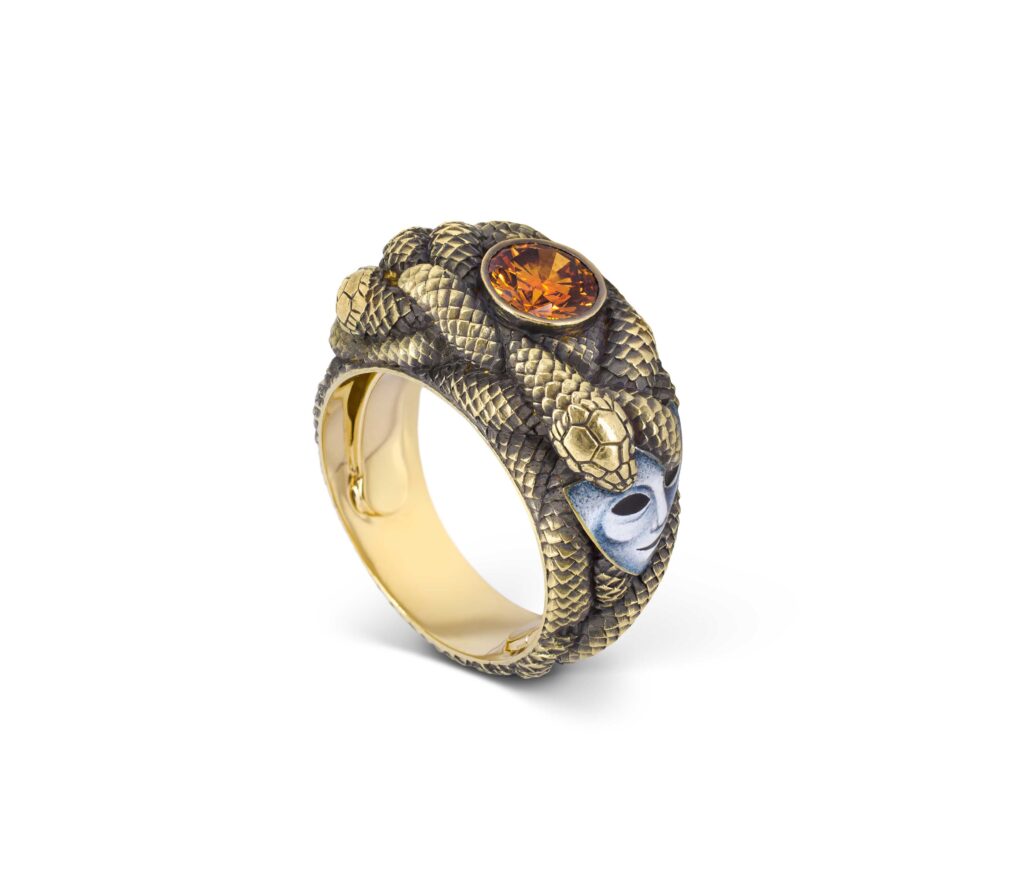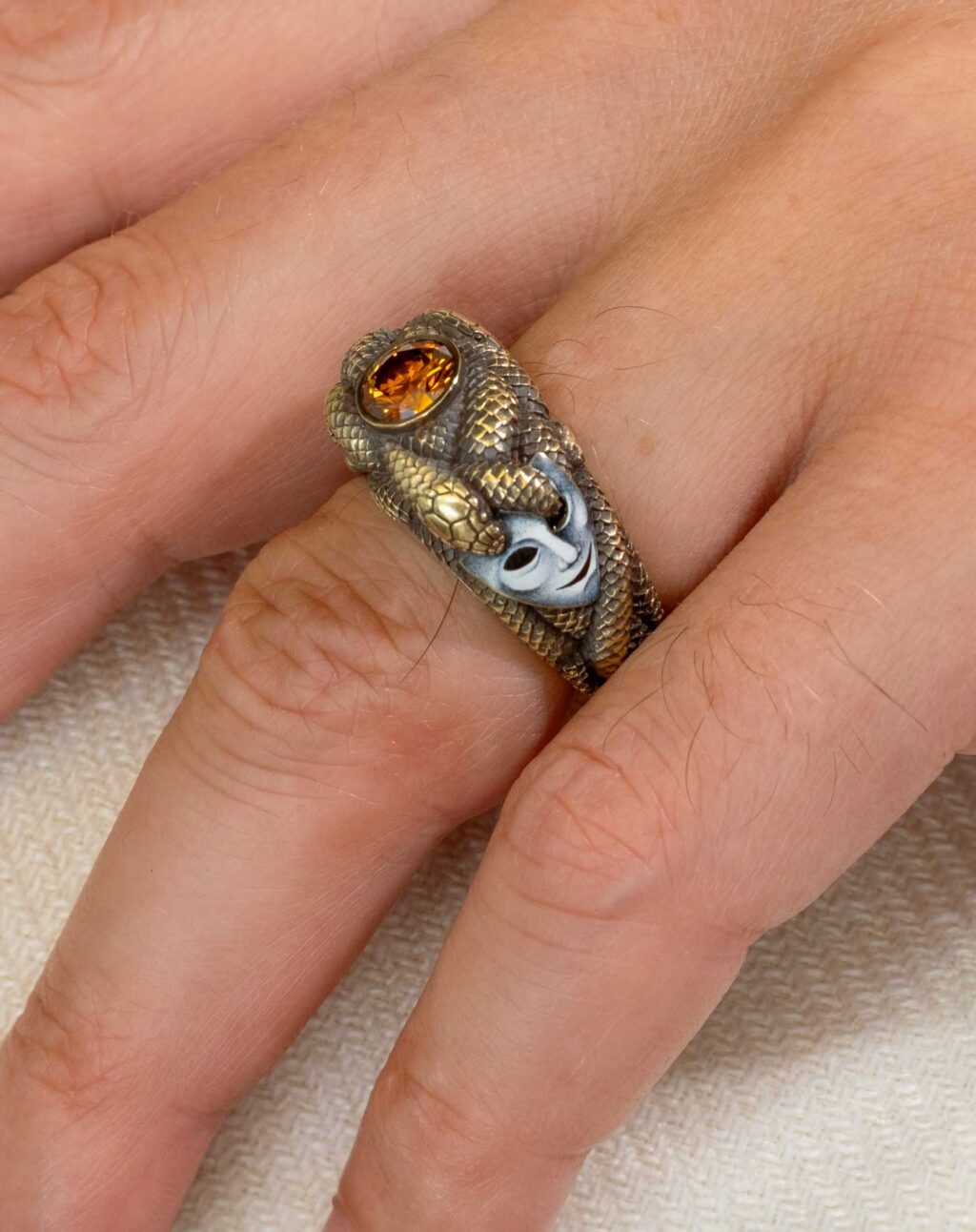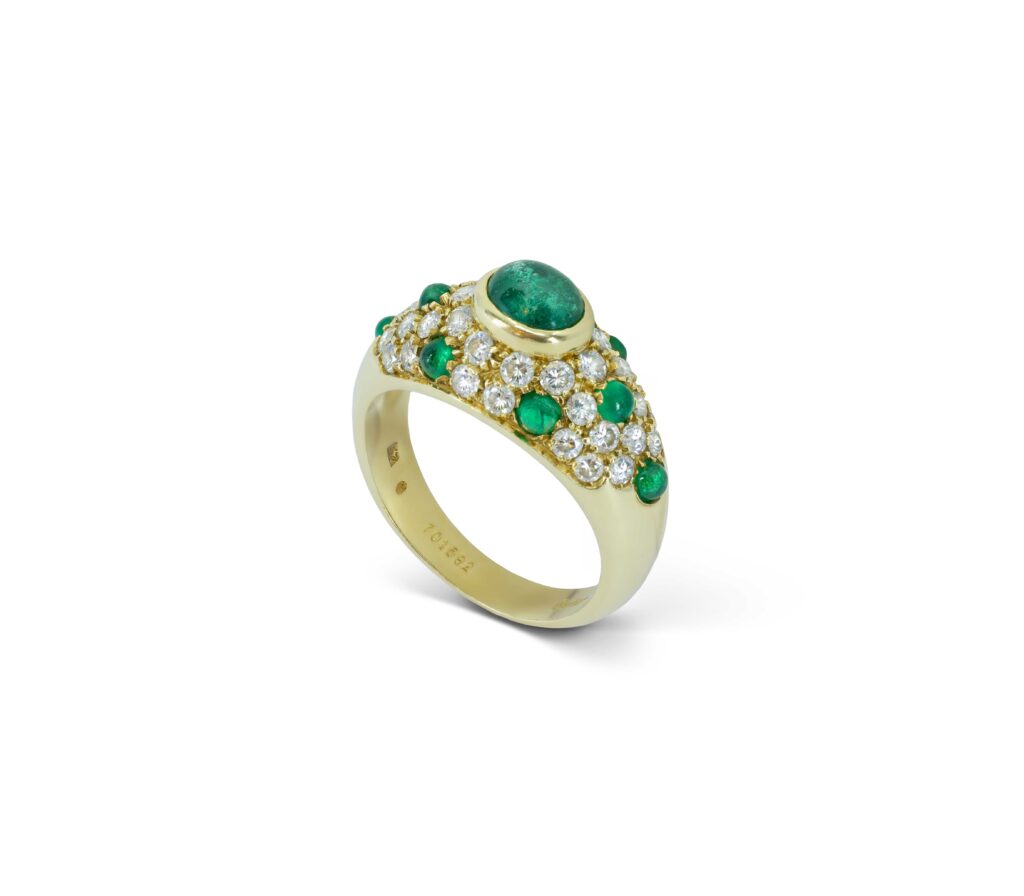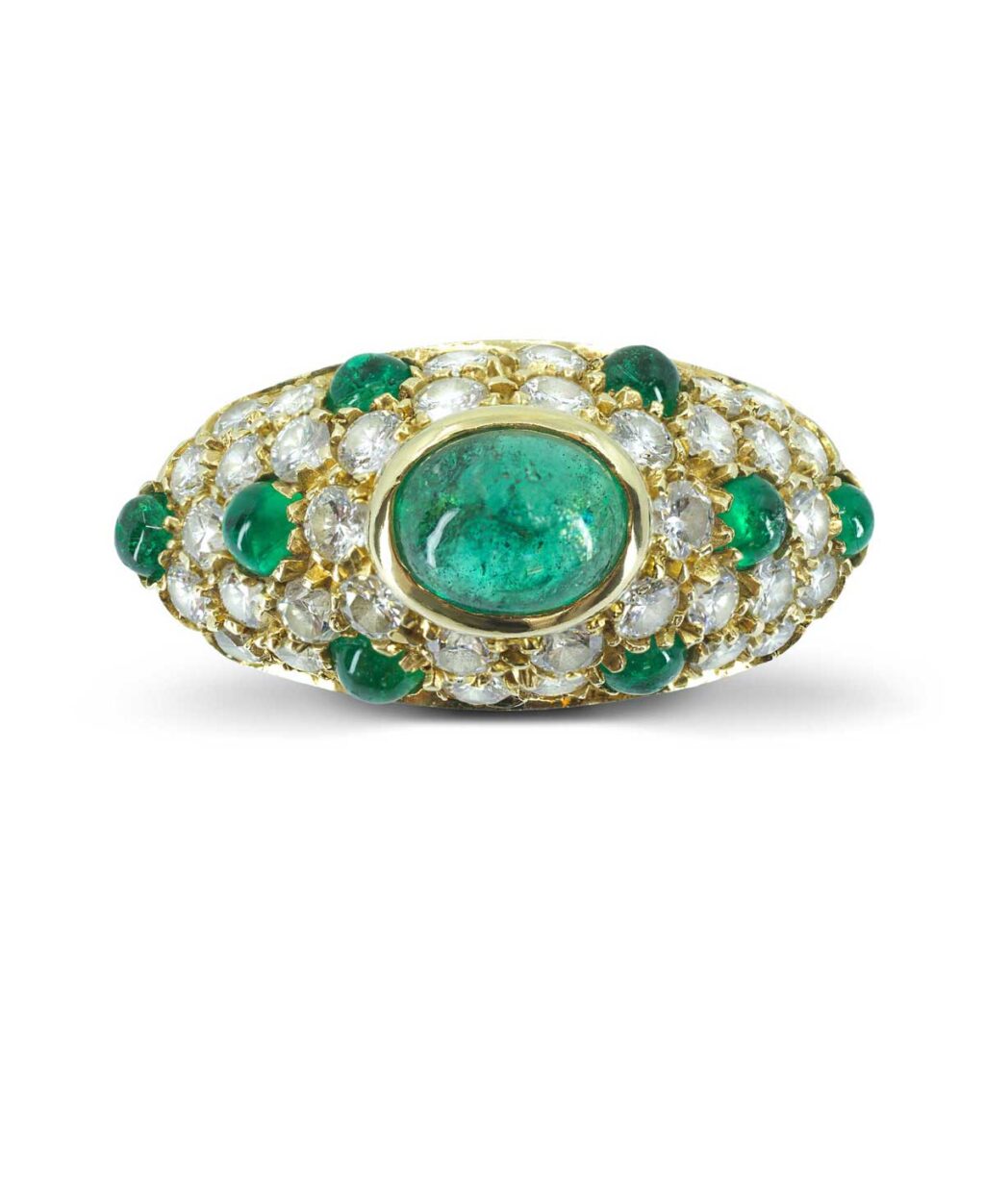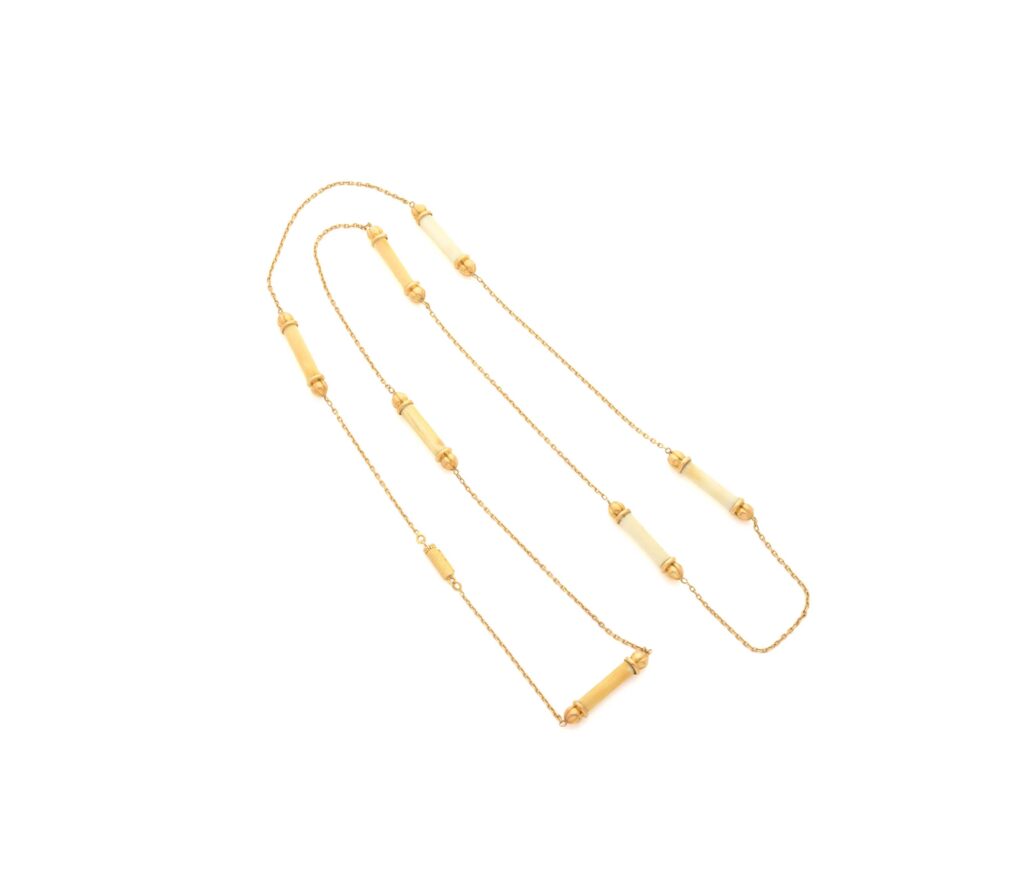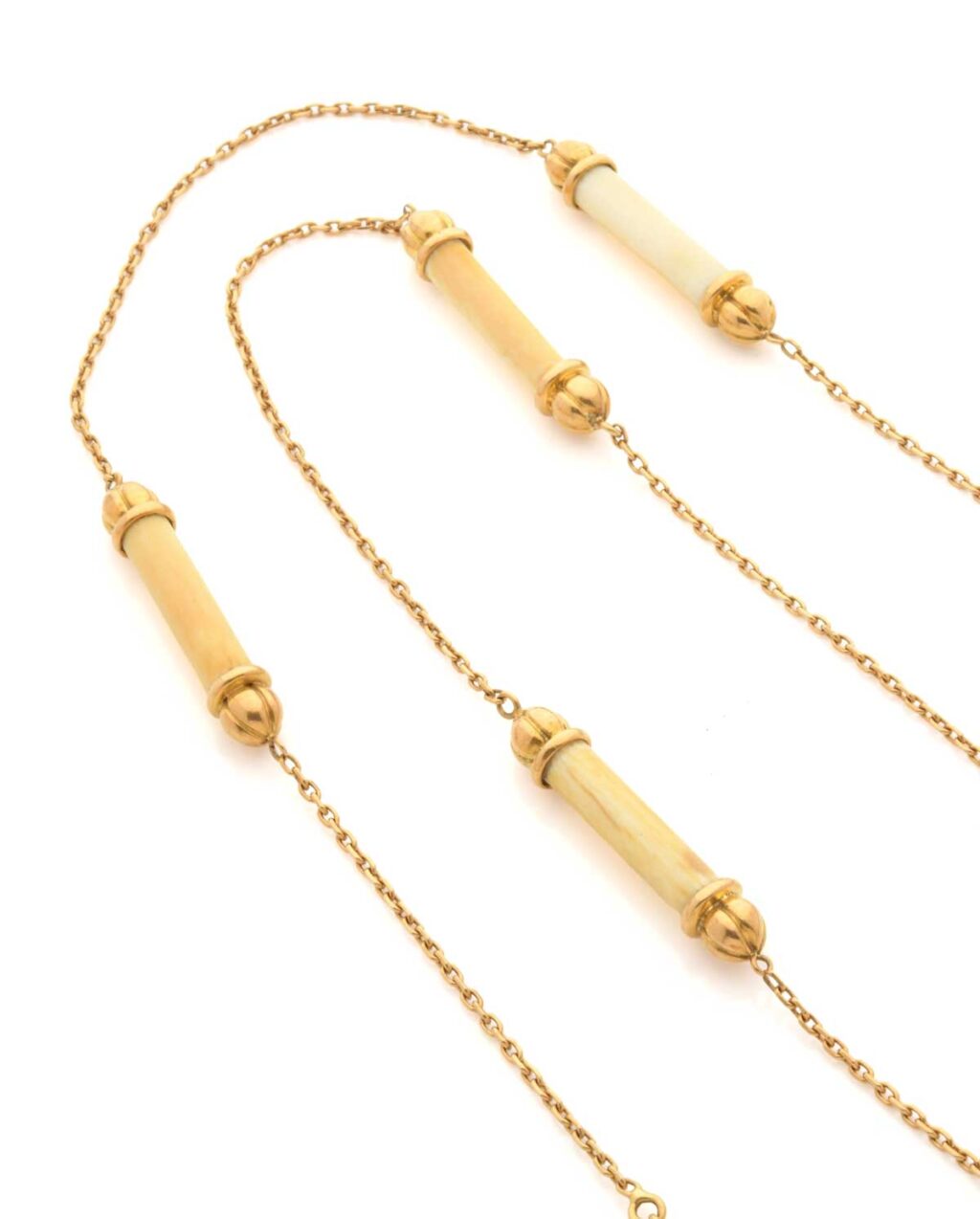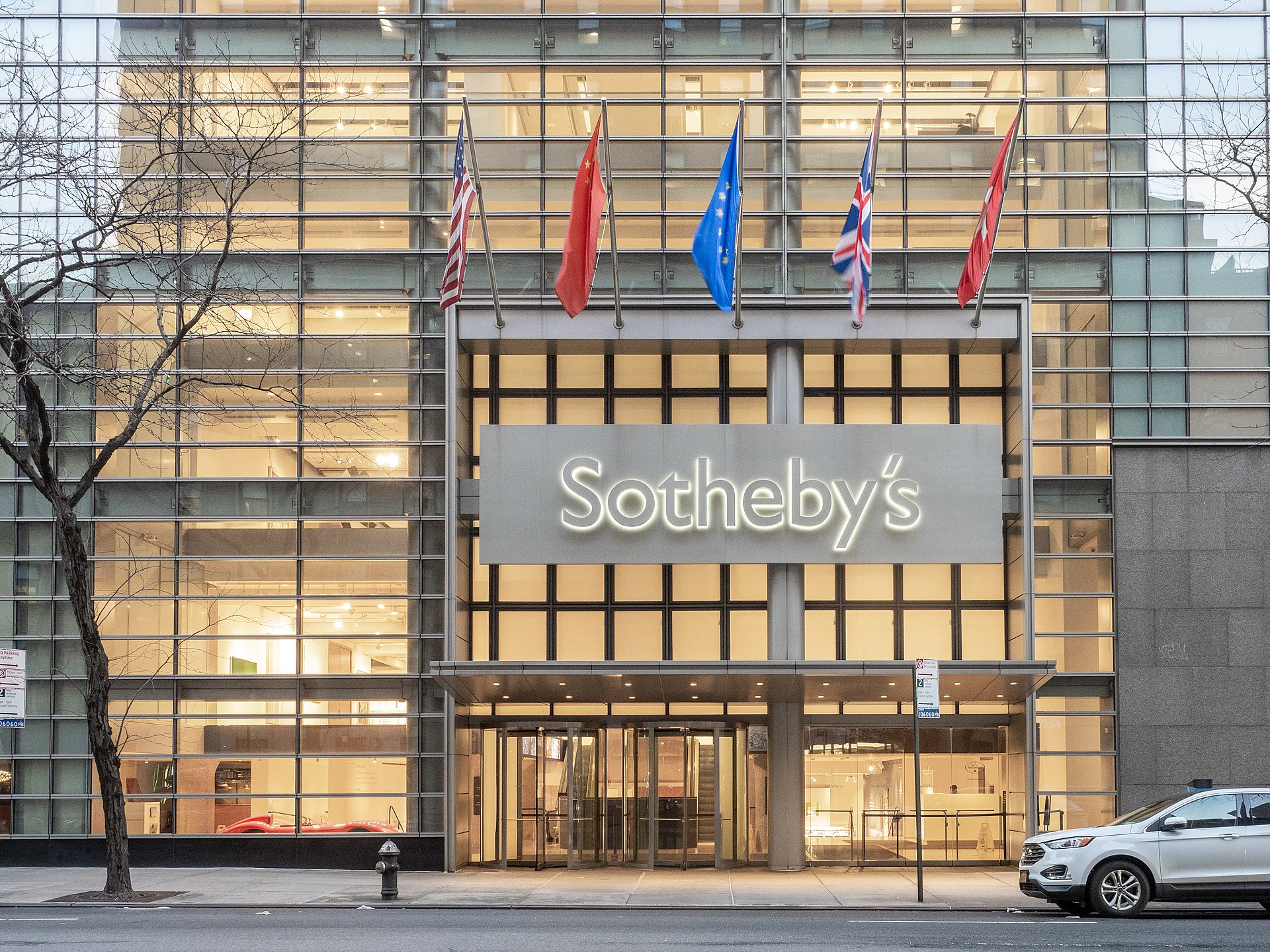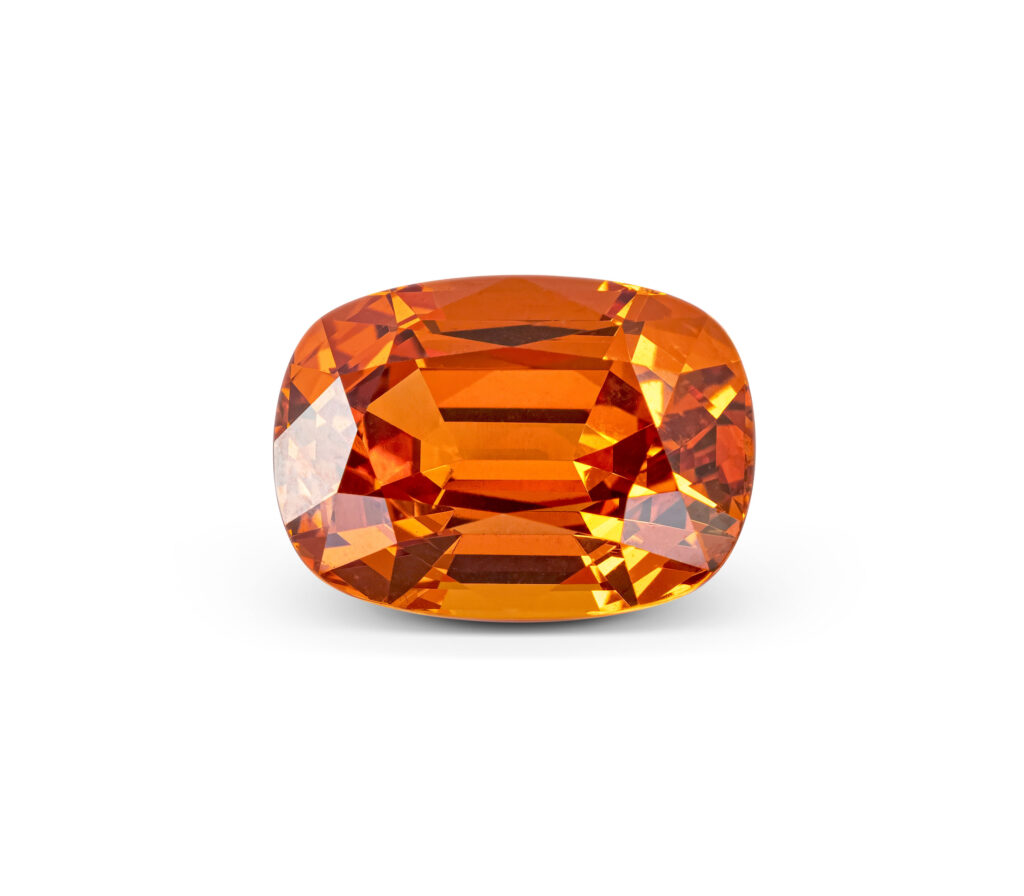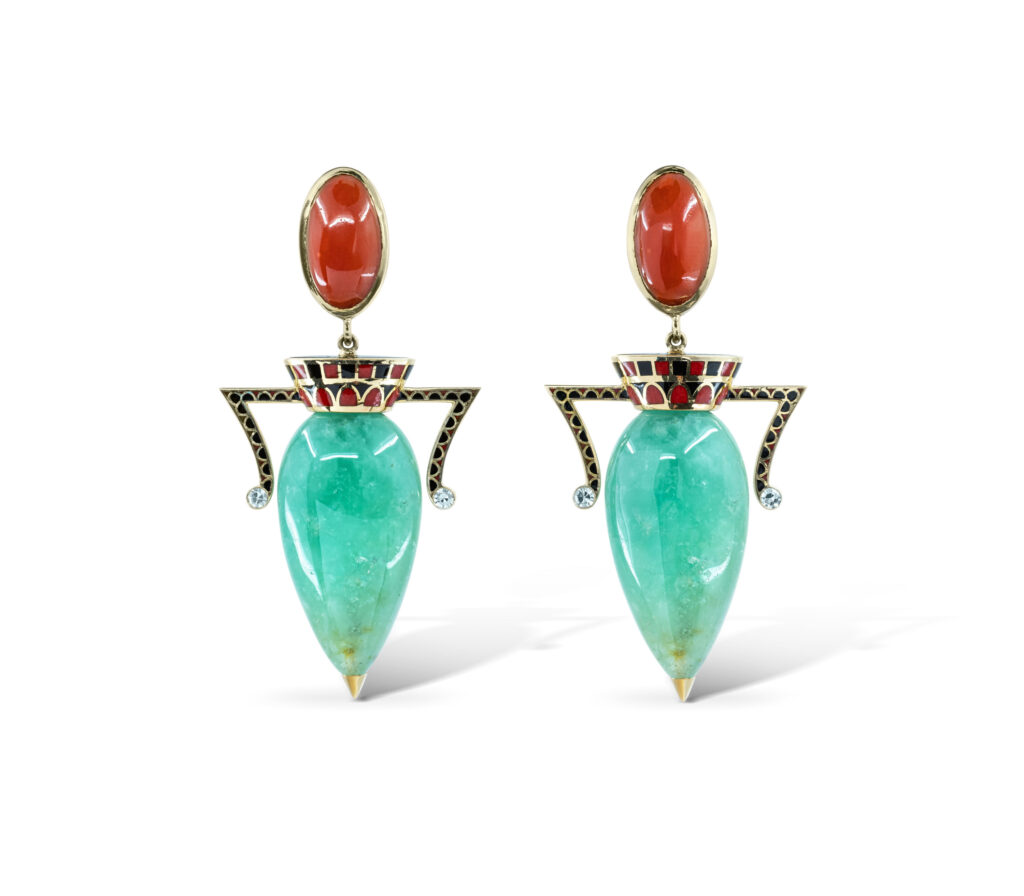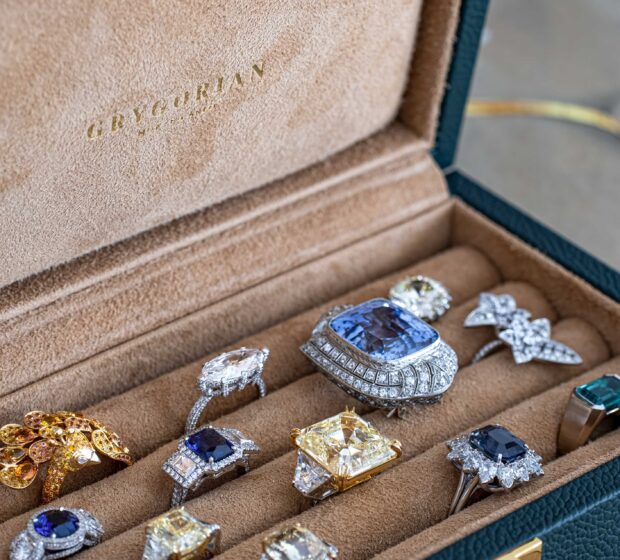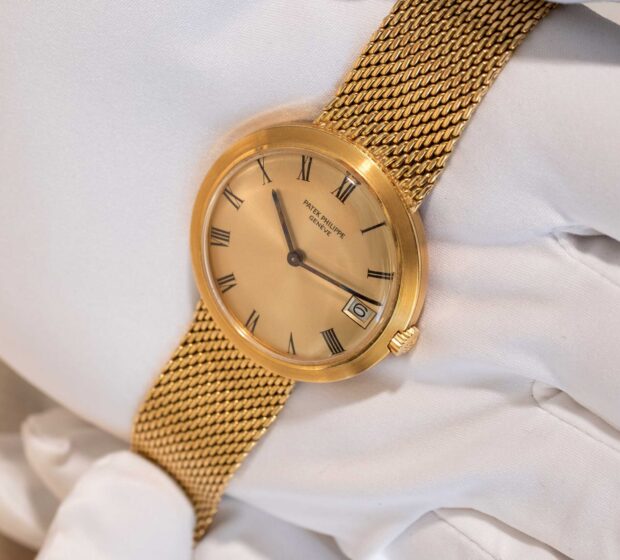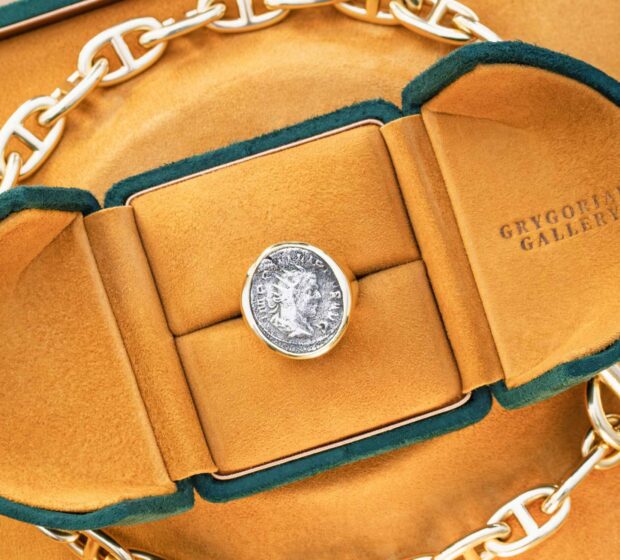At auctions, you have a great opportunity to find unique priceless vintage jewelry. However, there is also the risk of overpaying for a particular vintage piece. That’s why we believe it’s important to have basic knowledge and training before participating in auctions.
How to participate in auctions
Choosing an auction house
First, it is important to choose a trusted auction house that specializes in selling vintage jewelry. The most well-known houses that you can trust are Christie’s; Sotheby’s; Bonhams; and Phillips. These houses conduct auctions with authentic jewelry, including rare vintage jewelry. They publish catalogs that allow you to get acquainted with lots in advance.
Registration and rules of participation
The first thing to do is to register for the auction. This can usually be done online by providing personal information. Be sure to familiarize yourself with the rules of the auction – deadlines, minimum bids and commissions.
Online auctions and offline auctions
Many auction houses hold both offline and online auctions. Participating in a live auction requires more time and in-person attendance, but online auctions are convenient if you can’t be on-site.
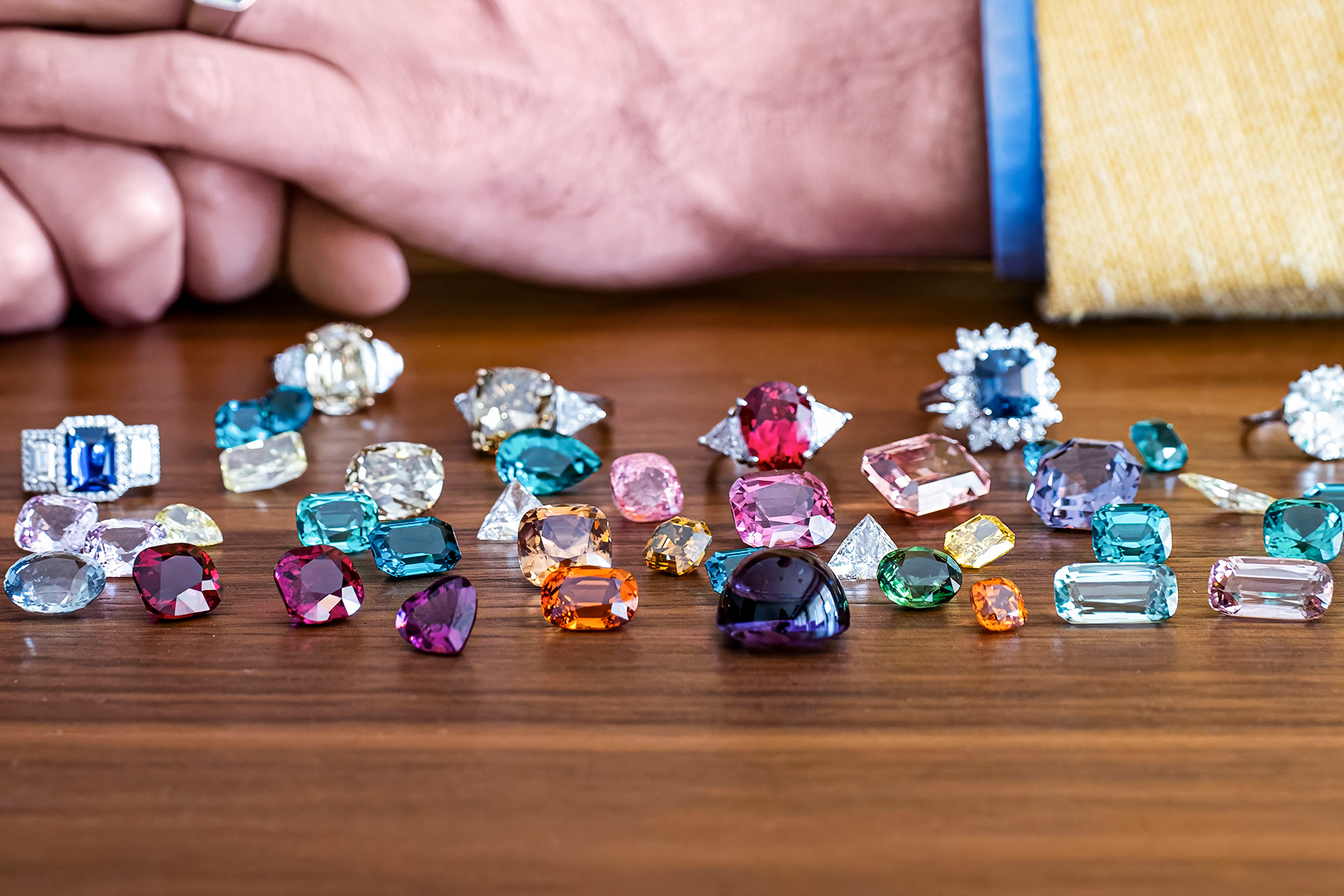
Lifehacks for selecting and valuing items
Understanding the value of stones and metals
Before bidding, we suggest getting a good understanding of why some stones are valued higher than others and why it’s important to understand what metal your jewelry is created from. Learn about stone characteristics such as color, clarity, weight, and cut. If you want to avoid irrational overpayments – it’s important to immerse yourself in the world of stones and metals and learn more about them.
Check the provenance and history of the piece
For vintage jewelry, it’s critical to find out who was the maker or who designed the piece. Jewelry from well-known brands (e.g. Cartier, Van Cleef & Arpels) can be worth considerably more due to its provenance. It is also worth checking the historical value – jewelry with a unique history or associated with famous personalities can significantly increase its value.
Expertise and documentation
Major auctions often offer jewelry with certificates of authenticity (e.g., from a GIA lab). These documents prove the authenticity and market value of the piece. If no certificate is available, verify its authenticity with an expert to avoid buying a fake.
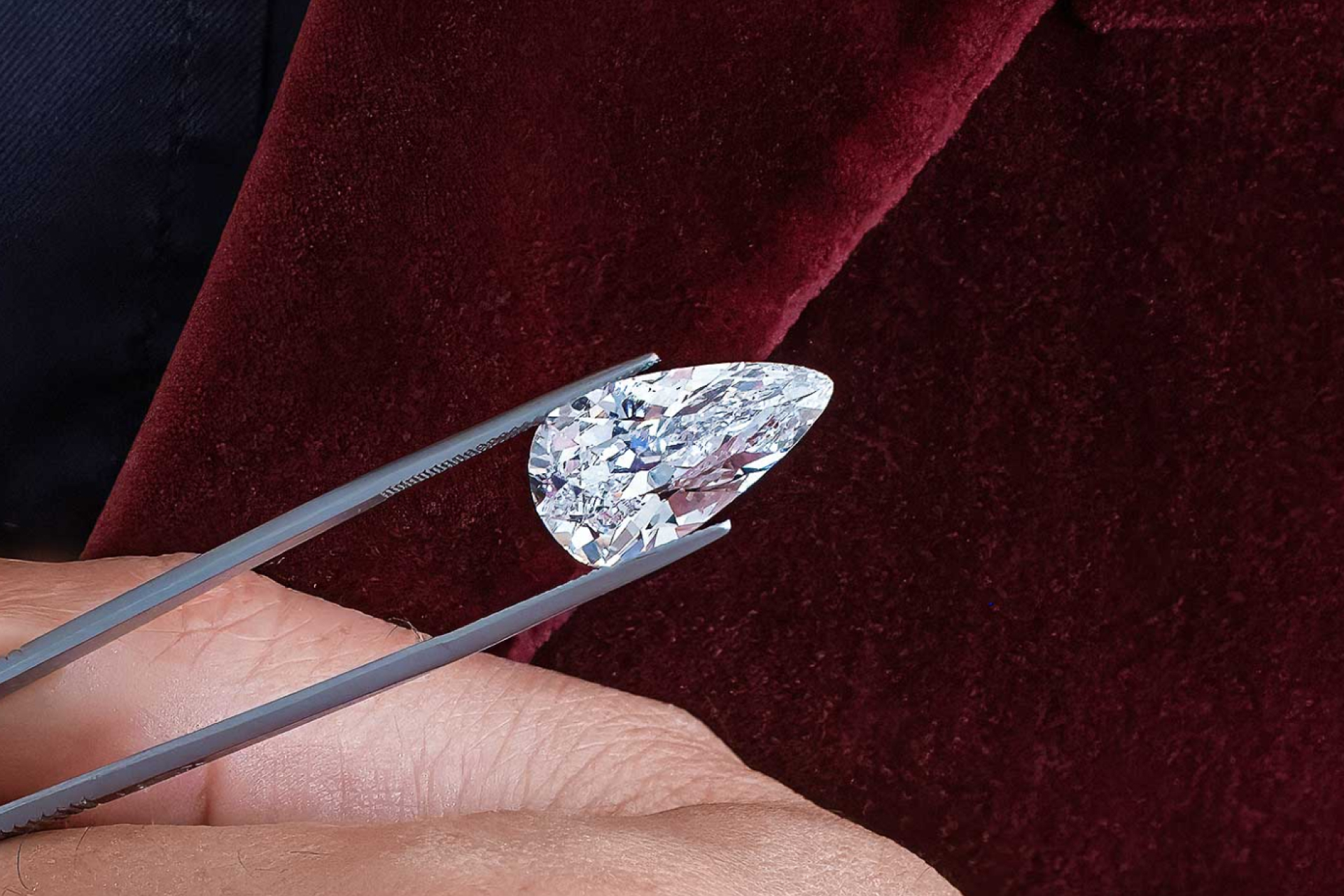
Common mistakes of beginners
Why should one decide on a budget in advance?
One of the most common mistakes is bidding without a clearly defined budget limit. It’s easy to get caught up in the excitement and spend much more than planned, especially if you want to “win” at an auction. Set yourself a maximum amount you’re willing to spend, and stay within it so you don’t overpay.
Why shouldn’t you forget about commissions?
Unfortunately, some newbies forget to take into account the commission fees that are added to the price of the lot. For example, if you win a $10,000 lot and the commission is 25%, you will have to pay $12,500 rather than $10,000.
Why is it important to differentiate between the quality of stones and metals?
It is important to understand that the price of vintage jewelry depends not only on its age, but also on its materials. Mistakenly, beginners focus solely on the appearance of the jewelry without paying attention to details such as the purity of the stones, their treatment and the presence of defects.
Conclusion
If you are just getting into the auction game and have never participated in an auction before, we advise you to keep a cool head and not give in to excitement, although we realize that it can be difficult. Don’t forget the advice we’ve given you in this article, but also don’t forget that you should first and foremost enjoy what happens when bidding. Keep a balance in everything, and then you will not overpay, but only get a burst of emotions and get an unusual piece of jewelry.

